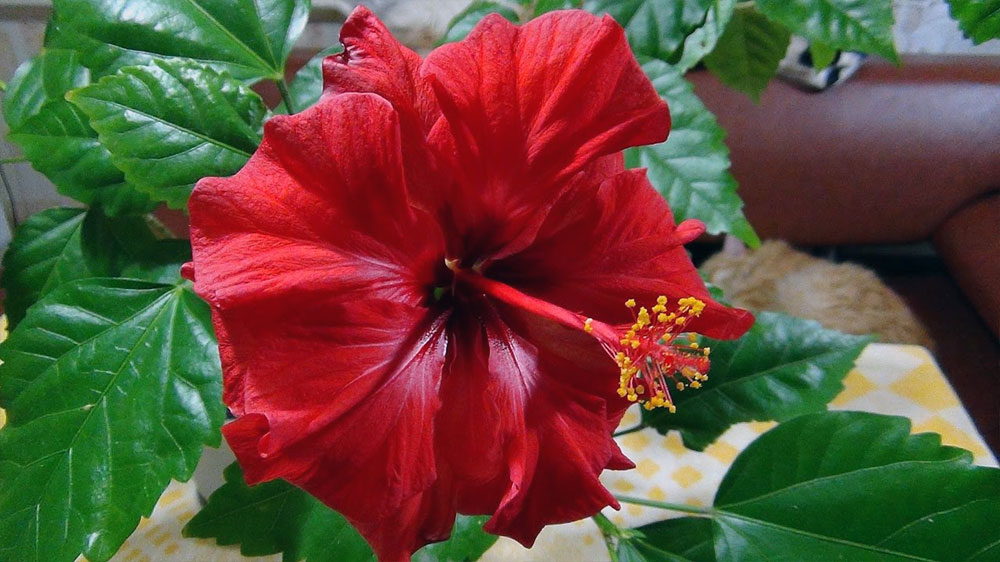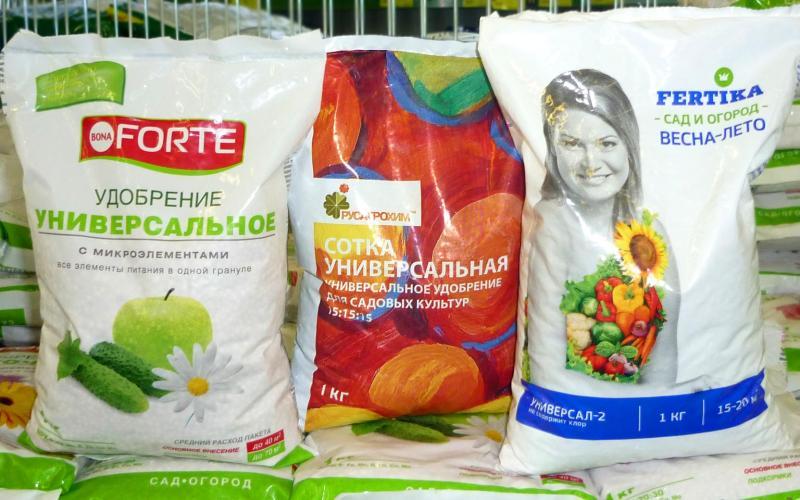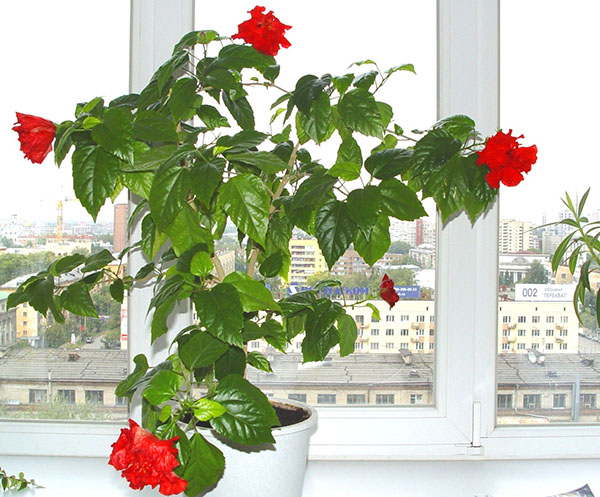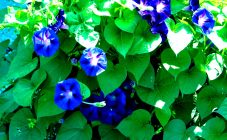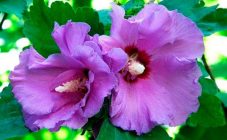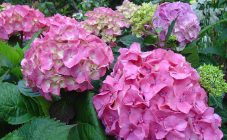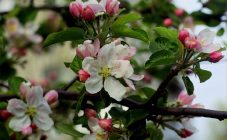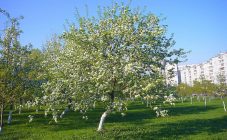Content:
Rose of China (or hibiscus, as well as Indian or Tea rose) is a species of plants of the Rosehip genus, of the Pink family. This flower comes from China. It is not found in the wild, but is very popular in indoor floriculture - tea rose buds are often used as a tea leaves, on the basis of which a fragrant invigorating tea is made.
In anticipation of flowers, novice growers unknowingly pamper the plant, trying to create the most comfortable conditions for it: they fertilize abundantly, put in the sun, and provide regular and frequent watering. That is why many are perplexed when a rose does not want to bloom, despite all efforts.
The most common reason for this is ignorance of the peculiarities of caring for a Chinese rose at home.
About caring for a Chinese rose at home
When caring for a plant in a house or apartment, you should pay attention to the following conditions for keeping a flower:
- watering frequency and water quality;
- degree of illumination;
- regular feeding;
- the need for trimming;
- temperature regime;
- the location of the plant in the room;
- soil type.
Watering features
It is necessary to water the Chinese rose every 3-4 days, and the water for irrigation should not be cold. The optimum temperature for irrigation water is about 30 ° C. The rose can also be sprayed and rubbed over the leaves of the plant, especially in hot weather. To increase the humidity of the air, small containers with water are placed next to the rose. In conditions of high humidity, it is recommended to ventilate the room in which the flower is located.
In winter, moisture stagnation as a result of frequent watering is especially dangerous. In the heat, on the contrary, it is better not to spare the water, but the next watering is done only when the topsoil is completely dry. Also, the water used for irrigation should be soft.
Illumination degree
The full development of a flower is impossible without observing the lighting conditions. Hibiscus grows well in partial shade, but will not tie buds. On the other hand, direct sunlight causes burns on the leaves of the rose. It is best to position the plant so that it is in diffused lighting conditions.
How and what to feed
Moderate feeding is required for the plant to develop properly. Excessive enrichment or poverty in the soil is equally harmful to the Chinese rose.
During the period of active growth (March-September), the flowers are fed every week. During the rest period (October-February), the frequency of feeding is reduced to 1 time per month. It is recommended to use specialized complex mineral fertilizers as top dressing.
Pruning
You can "make" a Chinese rose bloom using the pruning procedure. Hibiscus flowers only form on young shoots, so pruning the plant helps in bud formation.
Temperature regime
In the winter months, it is necessary to provide conditions for the rose to enter "hibernation", which is impossible at temperatures above + 13 +С. In addition, at this time, it is advisable not to feed the plant, and to minimize watering.
Permutation
Hibiscus does not respond well to frequent rearrangements. Changes in the microclimate cause stress to the plant, which can begin to wither, and minor mechanical damage leads to the fact that the rose begins to shed leaves and flowers. Even a slight swaying of the branches is enough.
Soil type
Hibiscus is a rather capricious plant, demanding on the type of soil. It grows well only on fertile loose soil mixtures with moderate acidity. To improve the composition of the soil, you can fertilize it with coal chips or humus.
Why the Chinese rose does not bloom at home
There are many reasons why the Chinese rose does not flower at home. Balance is the most important condition for the correct development of a flower. Therefore, it is customary to single out the following reasons why the rose stops blooming:
- excess or lack of sunlight;
- frequent rearrangement of the plant from place to place;
- excessive enrichment of the soil with fertilizers or its depletion;
- lack of timely trimming;
- sudden changes in temperature;
- too rare or vice versa, too frequent watering.
Infection and pest control methods
A particular danger for this species is represented by:
- aphid is a rapidly multiplying harmful insect that settles on roses on the back of the leaves;
- spider mite is a small insect of light green color with black spots;
- powdery mildew or peronosporosis - the first signs of the disease are brown spots on the leaves of hibiscus, which lead to the fact that the leaves begin to fall off;
- spotting - manifests itself in the form of rotting spots with an oily border.
In the case of insects, treating the plant with any insecticide or acaricide will suffice. When there are too many pests, Actellik is used. Dosage: 15 drops per 1 liter of water. Korbofos and Metathion are also suitable. A weak solution of kerosene is no less effective.
Such drugs as Akreks, Omayt, Aktofit or Isofen can help in the fight against spider mites.
If desired, chemical preparations can be replaced with soapy water with pepper, which has a more gentle effect on the flower.
If spotting is detected, the rose is treated with Cumulus or Rovral. With chlorosis, hibiscus is sprayed with iron chelate and the flower is fed with organic matter.
Prevention
It is always better to prevent illness than to cure it. In most cases, the problems associated with the fact that the rose does not want to bloom arise due to improper care and carelessness, therefore, timely and correct implementation of agricultural techniques acts as a prevention of diseases.
Since the main reason for the appearance of pests is increased dry air, prevention against insects involves moderate air humidification. The rose pot is placed on a small pallet with a wet stone, and the hibiscus leaves are periodically sprayed with settled water.In addition, it is necessary to inspect the plant from time to time and remove leaves that have fallen from the pot. This will create conditions that are unfavorable for pests.
Diseases, on the other hand, are most often caused by high soil and air humidity. To reduce the risk of fungal diseases of the rose, it is enough to maintain the optimal humidity in the room. Also, as a preventive measure, rose bushes can be sprayed with fungicides of any brand.
Sometimes attempts to provide maximum comfort to a plant can lead to inhibition of its development or even death. Too much care is just as harmful as lack of care, which is why it's important to maintain balance when caring for a Chinese rose. Moderate feeding, rest in winter, timely pruning and protection from drafts are all that a flower needs for proper development and abundant flowering.
